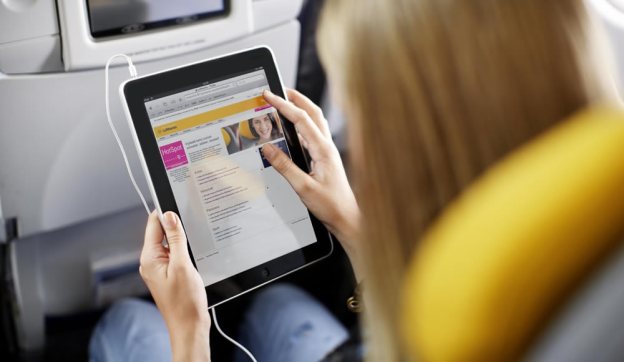
Announced out of Chicago earlier today, United Continental Holdings announced a partnership with Panasonic Avionics Corporation to bring in-flight Wi-Fi access to passengers of over 300 United and Continental flights starting around the middle of 2012. The satellite-based Wi-Fi technology will eventually cover the entire fleet of planes by the end of 2015. According to officials at the company, Panasonic’s Ku-band satellite technology offers faster speeds than air-to-ground connectivity which is the technology used by Gogo Inflight Internet service. Some of the companies that use Gogo’s service include U.S. Airways, American Airlines, Delta, AirTran and Virgin America.

United Continental Holdings didn’t indicate any pricing model for the Wi-Fi service as of yet. Costs for Wi-Fi service on flights typically range from about $10 to $50 for laptop access and between $5 to $20 for access on a mobile device like a smartphone. JetBlue is one of the few airlines that offers free Wi-Fi access, however users are limited to instant messaging, email and light Web browsing. Southwest doesn’t provide full Internet access on flights, but the Wi-Fi equipped planes allow travelers to connect to a portal that includes games, shopping and a flight status tool. It’s surprising that more airlines aren’t offering free Wi-Fi service to attract more customers and fill typically empty seats.


